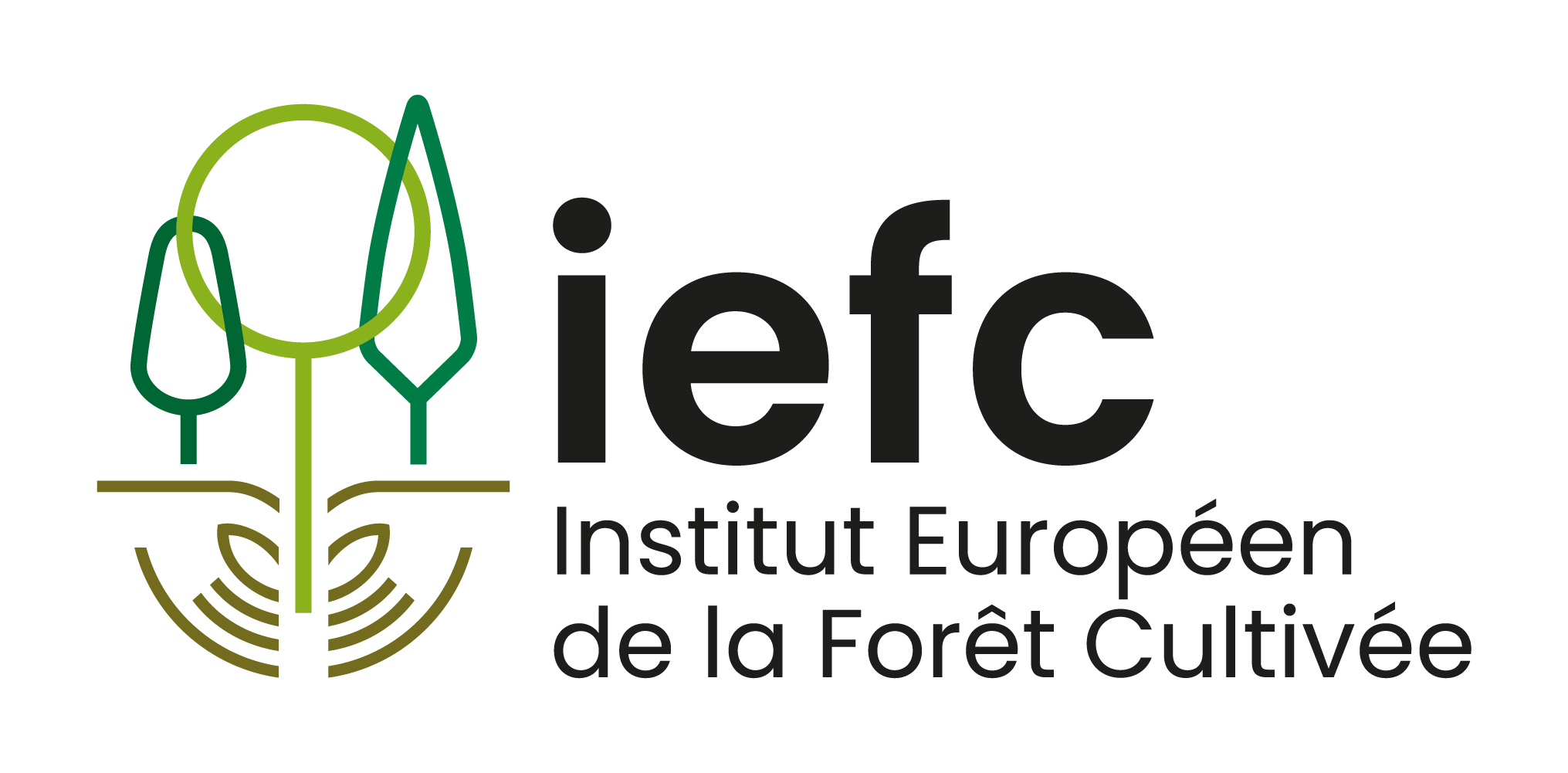Introduction — two worlds that can meet
The expansion of digital entertainment in Europe — from streaming and cloud gaming to the booming iGaming (online casino – www.spinpanda-top.com) sector — is reshaping economies and daily life. This expansion also carries an environmental footprint: data centres, networks and devices all require energy and materials. At the same time, Europe’s forests (including areas managed as planted forests) are a major regional asset for carbon storage, biodiversity and rural livelihoods. The interesting question for policy-makers, companies and civil society is not only how to reduce the digital sector’s footprint, but how digital revenues and platforms can actively support forest restoration and more resilient planted-forest management.
How big is the online-entertainment footprint in Europe?
Europe’s online-entertainment market is sizable and still growing. Recent industry data indicate that the overall European online gambling market alone contributes tens of billions of euros in Gross Gaming Revenue and has continued growth year-on-year, reflecting wider digital adoption across the region. This market growth increases demand for digital infrastructure — especially data centres and networking — which in turn drives electricity consumption and indirect environmental impacts.
Why energy and infrastructure matter
Data centres are the backbone of cloud gaming, live-streamed events and real-time online platforms. Europe is actively regulating and planning for this energy demand: the European Commission has proposed measures to rate and improve data-centre sustainability, and analysts warn that data-centre electricity demand in Europe could rise substantially over the next decade if growth continues unchecked. That creates both a climate risk and an opportunity: decarbonising electricity and raising data-centre efficiency reduces the digital sector’s footprint and complements investments in natural climate solutions like planted forests.
Where planted forests fit in
Planted forests — forests created through human planting or deliberate seeding — are an established tool for meeting demand for wood products and for delivering ecosystem services, when they are responsibly managed. International forestry bodies describe planted forests as distinct from natural forests and emphasise guidelines for responsible management that balance productivity, biodiversity and social benefits. In Europe, forest area has increased in recent decades, but the capacity of forests to store greenhouse gases faces pressures from climate change and other drivers. Partnerships between digital companies and forest initiatives can help channel resources to restoration, monitoring and resilient management practices.
Practical pathways: how the online industry can help planted forests
Below are realistic mechanisms that online-entertainment companies — including operators in regulated iGaming markets — can use to support planted-forest outcomes in Europe:
- Carbon offsetting with quality standards. Purchasing verified forestry-based carbon credits (that follow robust monitoring and permanence criteria) can channel funds to reforestation and improved forest management.
- Revenue levies or micro-donations. Voluntary “round-up” donations, or a small percentage of revenues dedicated to a regional reforestation fund, can generate predictable funding for planting and maintenance.
- Technology-enabled monitoring. Data centres and cloud providers can sponsor remote sensing, open data and citizen-science platforms that monitor forest health, pest outbreaks and fire risk.
- Local community partnerships. Partnering with forest owners, municipalities and local NGOs ensures planted-forest projects deliver social and ecological co-benefits rather than short-term monocultures.
- Energy and procurement alignment. Companies can reduce the need for offsets by sourcing renewable energy and improving energy efficiency — including applying for data-centre sustainability ratings under EU schemes.
Analytical snapshot: footprint vs. forest-support options
This table is a practical, comparative view — rough categories for communication and planning (not a substitute for project-level assessment).
| Dimension | Typical online-entertainment impact | Forest-support option | Potential scale & caveats |
|---|---|---|---|
| Data-centre energy use | High electricity demand; rising with streaming, cloud gaming and AI workloads | Fund energy-efficiency retrofits + invest in renewables for regional grids | Large impact if paired with grid decarbonisation; requires long-term corporate commitments |
| Scope 3 emissions (supply chain) | Manufacturing devices, network equipment, third-party cloud services | Purchase verified carbon removals from responsible planted-forest projects | Useful short-to-medium term; must ensure credit integrity to avoid greenwashing |
| Revenue streams (e.g., iGaming) | Significant transactional volumes and consumer reach | Micro-donation or % revenue fund for reforestation & local stewardship | Reliable funding source; success depends on transparent governance |
| Public engagement & outreach | Large audiences across Europe | Educational campaigns, “adopt-a-tree”, community planting events | Great for visibility & behaviour change; must be tied to long-term maintenance |
Policy levers and cross-sector partnerships
Policy frameworks in the EU are already nudging digital infrastructure toward higher sustainability standards, and forestry policy is evolving in parallel to prioritise resilience and multifunctionality. Companies that want to invest in planted forests should pursue actions that align with EU reporting standards, credible carbon accounting and the priorities of local forest owners. Public–private partnership models (co-financing public afforestation or restoration schemes) can multiply impact and improve transparency.
Short checklist for a credible company program
- Prioritise emissions reductions (energy efficiency & renewables) before offsets.
- Buy only verified, permanence-assessed forest carbon credits from accredited standards.
- Design funds with local governance and monitoring to avoid monoculture plantations that harm biodiversity.
- Report clearly — include amounts invested, geographic focus, monitoring data and community outcomes.
- Collaborate with research institutes (e.g., networks like IEFC) to evaluate ecological outcomes and adaptive management.
Conclusion — win-win if done right
Europe’s online-entertainment economy will keep growing. That trajectory creates environmental responsibilities, but also practical opportunities. When digital companies couple robust decarbonisation strategies with transparent, locally sensitive investments in planted forests and forest restoration, they can help enhance Europe’s landscape resilience while meeting corporate sustainability goals. The key is integrity: prioritize emissions reductions first, invest in high-quality forest outcomes, and build partnerships that centre local ecosystems and people. The result can be a pragmatic, mutually beneficial bridge between pulsating digital economies and quiet, resilient planted forests across Europe.
